Delve into the fiery tapestry of Boston’s past, where the flickering flames have left an indelible mark on the city’s history.
From the early days of colonial settlements to the modern metropolis we know today, Boston’s journey is intertwined with the tales of courageous firefighters, devastating infernos, and the resilience of a community that rose from the ashes.
This exploration will navigate through pivotal moments of Boston fire history, such as the Great Boston Fire of 1872, revealing the challenges faced by those who fought valiantly against the relentless blaze.
Uncover the evolution of firefighting techniques, the development of fire departments, and the architectural aftermath that shaped the cityscape.
Join us on a historical journey that illuminates the captivating narrative of Boston’s fire history, where flames tell stories of destruction, heroism, and the enduring spirit that forged a city from the embers of its past.
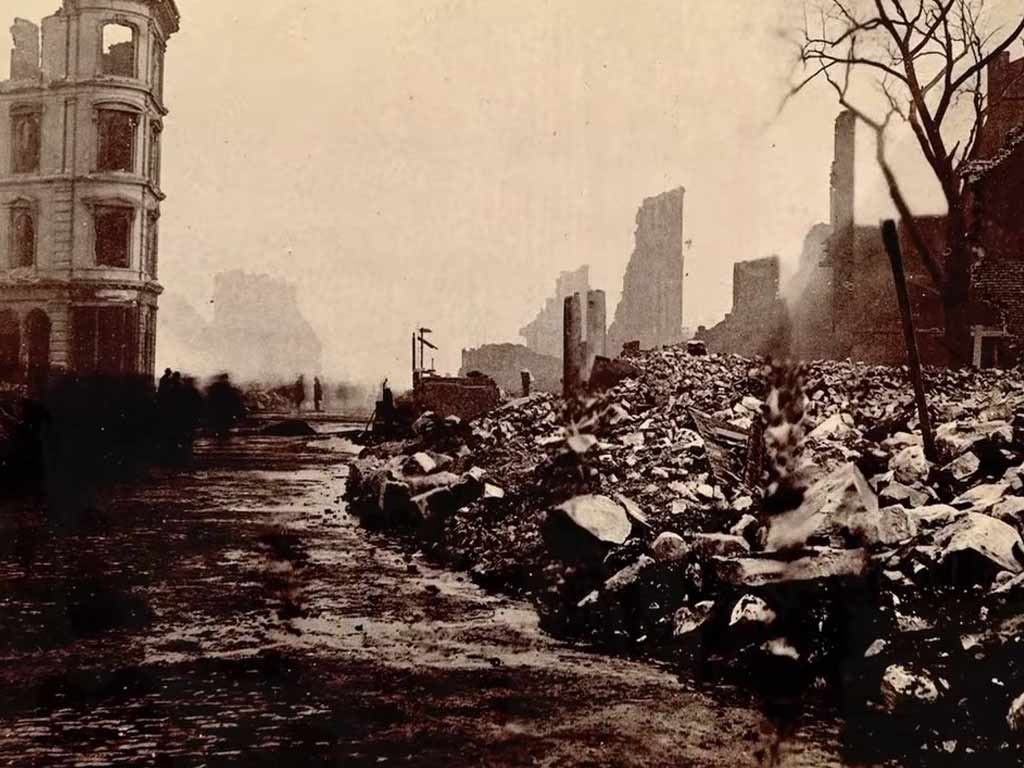
Boston Fire History: From Ashes to Resilience
Boston’s fire history is more than a chronicle of destruction; it’s a saga of resilience, adaptation, and triumph.
This exploration delves into the annals of Boston’s fire history, weaving through centuries of challenges, heroism, and architectural evolution.
Early Firefighting Challenges
In the colonial era, Boston faced primitive firefighting challenges. Leather buckets and volunteer bucket brigades struggled against wooden structures’ vulnerability, leading to devastating fires.
The inception of fire insurance in the 18th century marked a pivotal shift, influencing early prevention efforts.
The Great Boston Fire of 1872
A defining moment in Boston’s history occurred on November 9-10, 1872, with the Great Boston Fire. Raging for over 12 hours, it consumed 65 acres, destroying 776 buildings and displacing thousands.
This catastrophe prompted major changes, including the establishment of a professional fire department and advancements in firefighting technology.
Architectural Impact
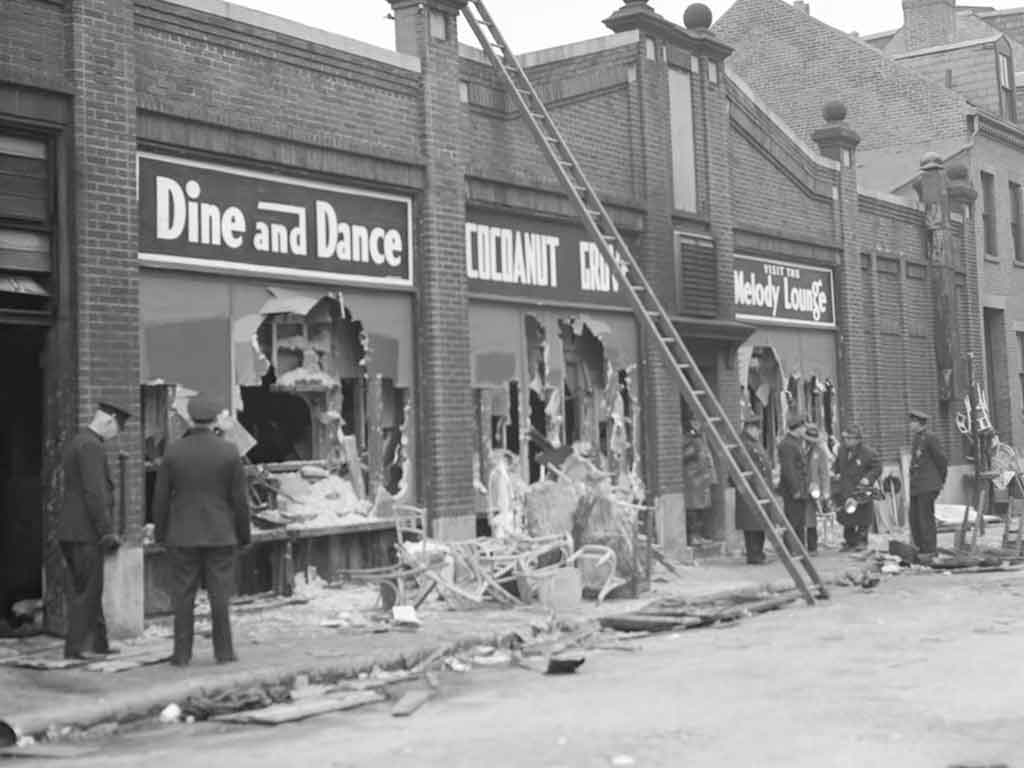
Post-1872, Boston’s architecture transformed. The fire’s destruction catalyzed the implementation of fire-resistant building materials and improved urban planning. The iconic brownstone architecture emerged, reflecting a fusion of resilience and aesthetic considerations.
Evolution of Firefighting Techniques
The Great Fire spurred innovations in firefighting. Steam-powered fire engines replaced hand-drawn ones, improving response times. Additionally, fire hydrants became integral to city planning.
The establishment of a professional, well-equipped fire department marked a shift towards proactive fire prevention.
Fire Department Milestones
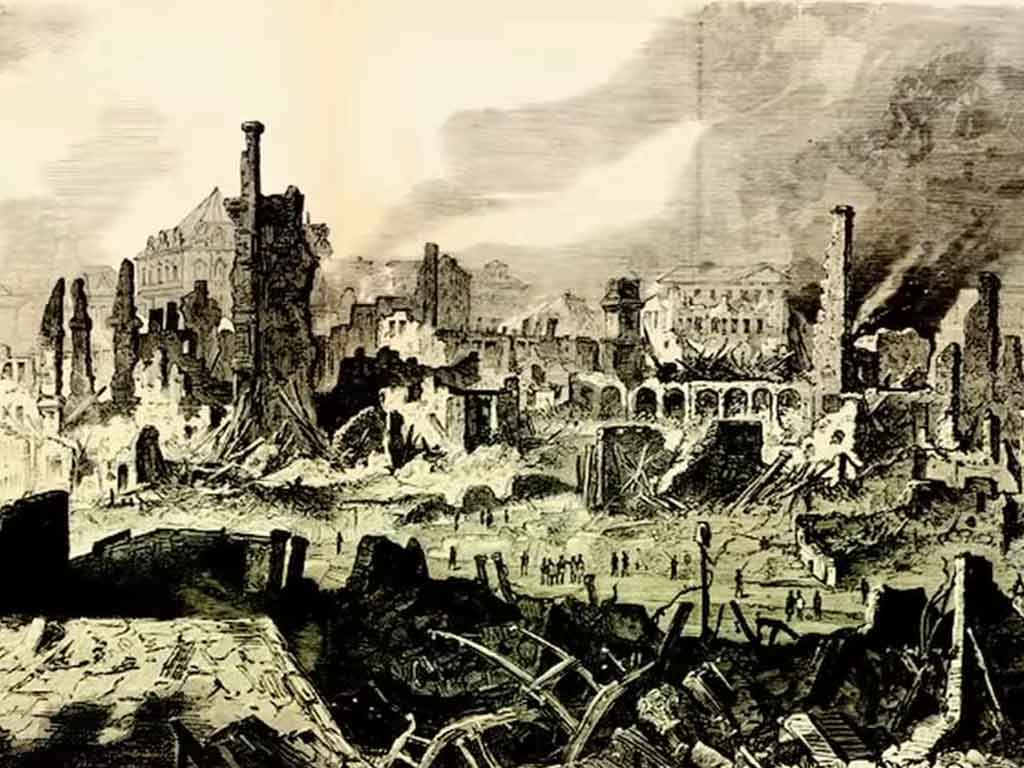
Boston’s fire department evolved into a model for others. The introduction of motorized fire apparatuses in the early 20th century enhanced efficiency.
Notable events, such as the Coconut Grove nightclub fire in 1942, led to improvements in safety codes and emergency response protocols.
Community Resilience
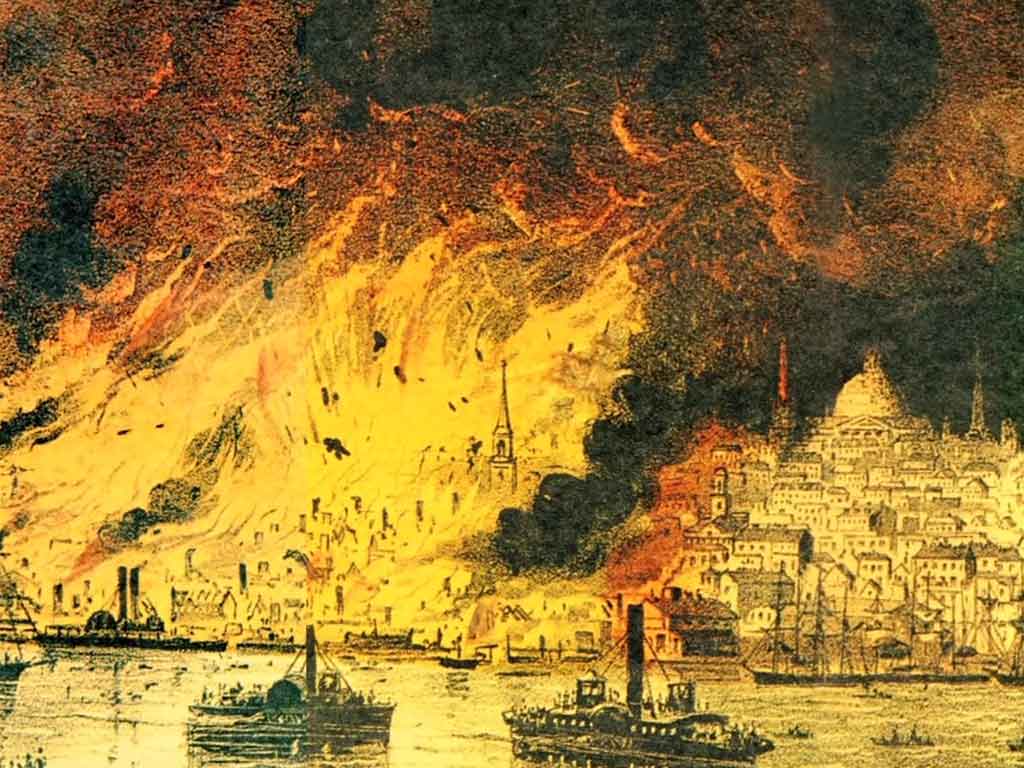
Beyond the statistics and historical milestones, Boston’s fire history is a narrative of resilience. Communities rallied after each blaze, rebuilding with determination.
The stories of firefighters and citizens working together to overcome adversity became an enduring theme in Boston’s collective memory.
Modern Firefighting Feats
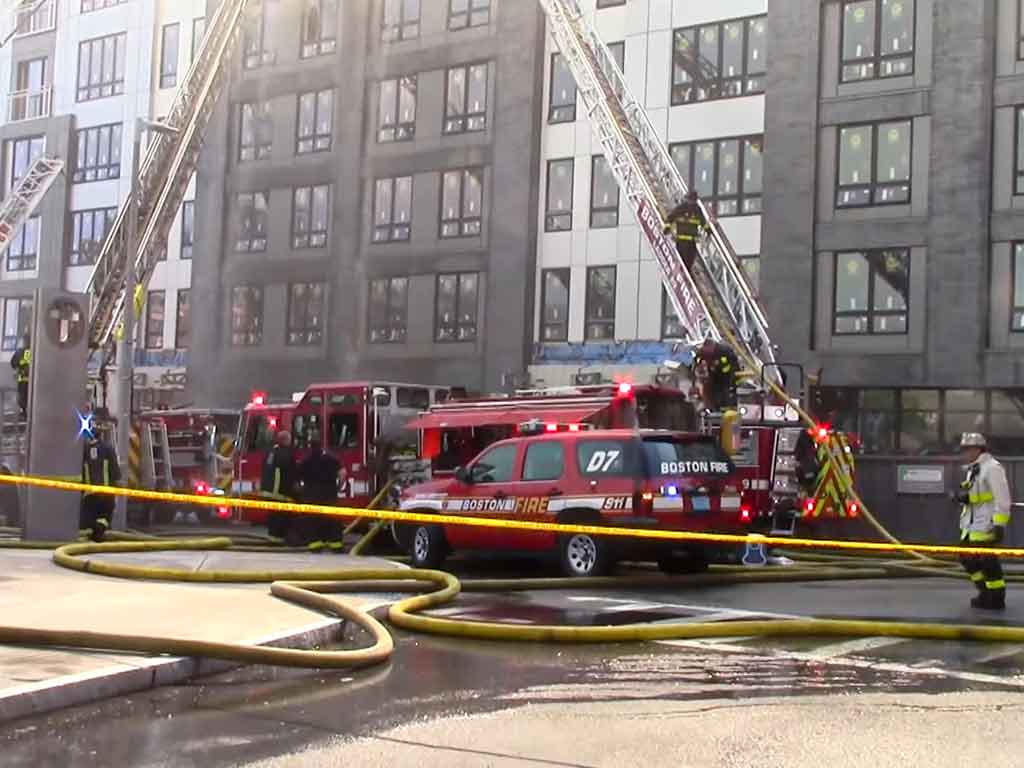
Today, Boston boasts a state-of-the-art fire department, equipped with advanced technology and a highly trained workforce.
From battling high-rise fires to responding to emergencies with precision, the modern Boston Fire Department stands as a testament to the lessons learned from historical challenges.
Preserving Fire History
Preservation efforts ensure Boston’s fire history is not forgotten. Museums, such as the Boston Fire Museum, showcase artifacts, equipment, and stories from the past. These institutions serve as educational hubs, connecting present generations to the city’s fiery legacy.
What Is the History of the Boston Fire Department?
The history of the Boston Fire Department (BFD) is a riveting saga that mirrors the evolution of firefighting in the United States.
From humble beginnings in the early 17th century to the modern, highly trained force it is today, the BFD’s journey is one marked by resilience, innovation, and an unwavering commitment to public safety.
Early Firefighting in Boston
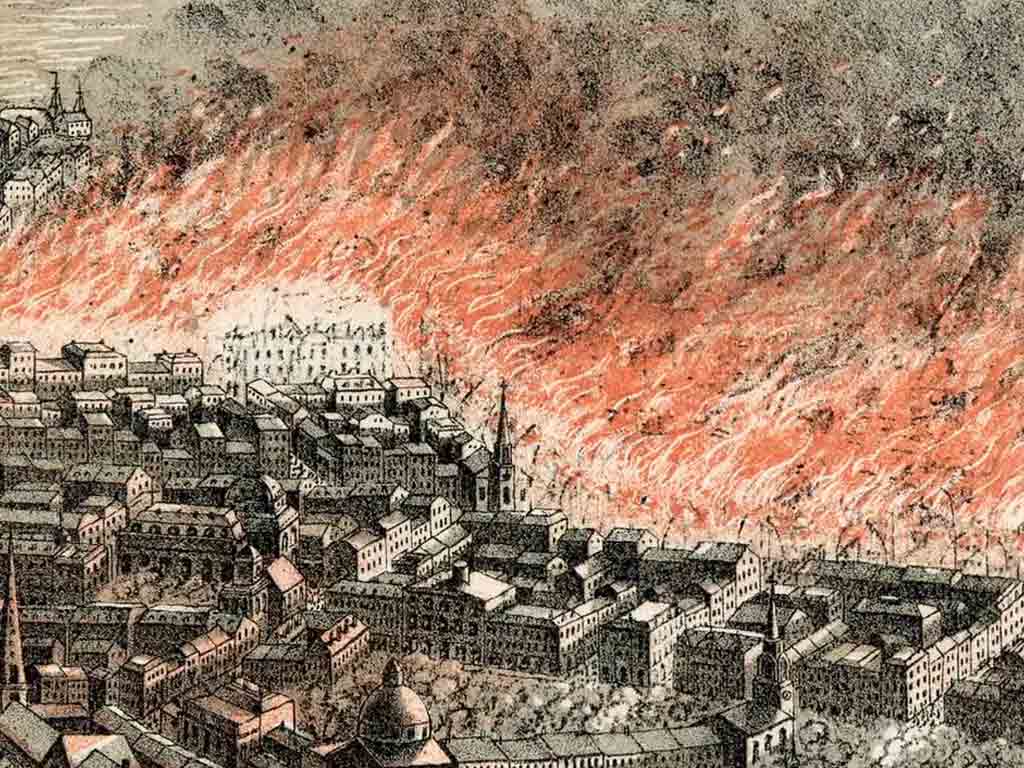
As Boston transformed from a fledgling colonial settlement to a bustling port city, the need for organized fire protection became evident.
In the 1600s, residents relied on primitive measures, such as leather buckets and community bucket brigades, to combat fires.
The formation of the town’s first fire insurance company in 1724 marked an early step towards more systematic fire prevention.
Establishment of the Boston Fire Department
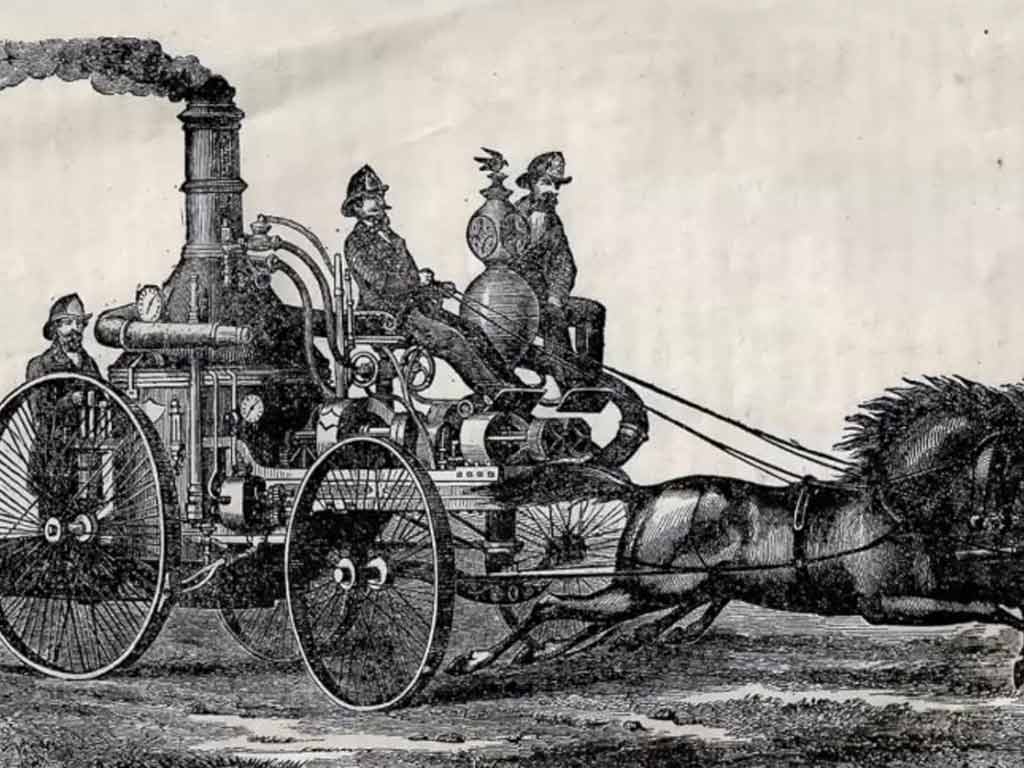
The turning point for the BFD came in response to the catastrophic Great Boston Fire of 1872. Devastating over 65 acres and displacing thousands, this event underscored the inadequacies of existing firefighting efforts.
In the aftermath, the city established the first fully paid, professional fire department in the United States on April 30, 1873, under the leadership of Chief John S. Damrell.
Technological Advancements
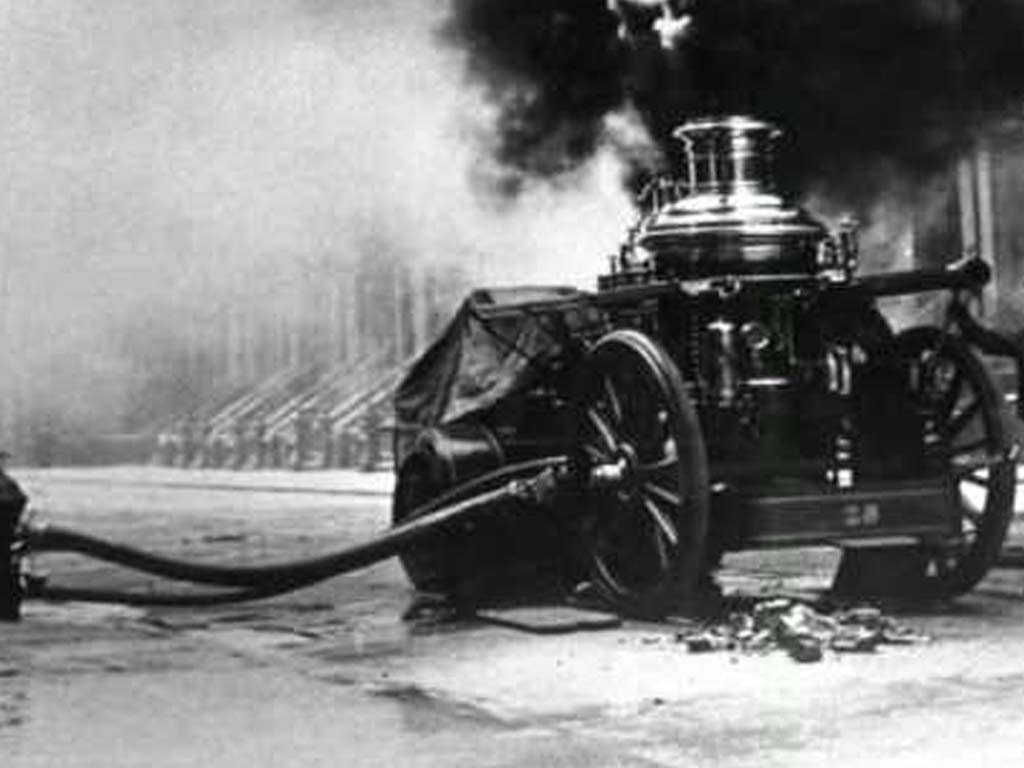
The late 19th and early 20th centuries witnessed significant technological advancements within the BFD. The introduction of steam-powered fire engines replaced traditional hand-drawn apparatuses, leading to faster response times.
Innovations like the Gamewell fire alarm system and the adoption of motorized vehicles further enhanced the department’s efficiency.
Architectural Impact
The Great Boston Fire also influenced architectural developments in the city. The widespread destruction prompted the adoption of fire-resistant building materials and changes in urban planning, laying the foundation for the distinctive brownstone architecture that defines Boston’s landscape.
Expansion and Challenges
As Boston continued to grow, so did the demands on the BFD. The expansion of the subway system in the early 20th century presented new challenges, necessitating specialized training and equipment.
The Cocoanut Grove nightclub fire in 1942, one of the deadliest in U.S. history, prompted advancements in safety codes and emergency response protocols.
Community Engagement
Throughout its history, the BFD has maintained strong ties with the community. Fire prevention education became a cornerstone of the department’s mission, with initiatives such as school programs, community outreach, and the establishment of fire prevention bureaus.
The “Firefighters in Schools” program, launched in the 1970s, exemplifies the BFD’s commitment to fostering safety awareness among the youth.
Notable Incidents and Heroic Acts
The annals of the BFD are punctuated by heroic acts and notable incidents. The Hotel Vendome collapse in 1972 and the response to the 2013 Boston Marathon bombing showcased the department’s resilience and adaptability in the face of unforeseen challenges.
The bravery and selflessness of BFD firefighters have become legendary, earning the department the respect and admiration of the city.
Modernization and Training
In the 21st century, the BFD continues to prioritize modernization and training. Advanced technology, including thermal imaging cameras and enhanced communication systems, equips firefighters to navigate complex emergencies.
Ongoing training programs ensure that BFD personnel remain at the forefront of firefighting techniques and safety protocols.
What Were the Largest Fire Incidents in Boston History?
Boston has witnessed several devastating fires throughout its history, with two incidents standing out as the largest and most impactful:
The Great Boston Fire of 1872
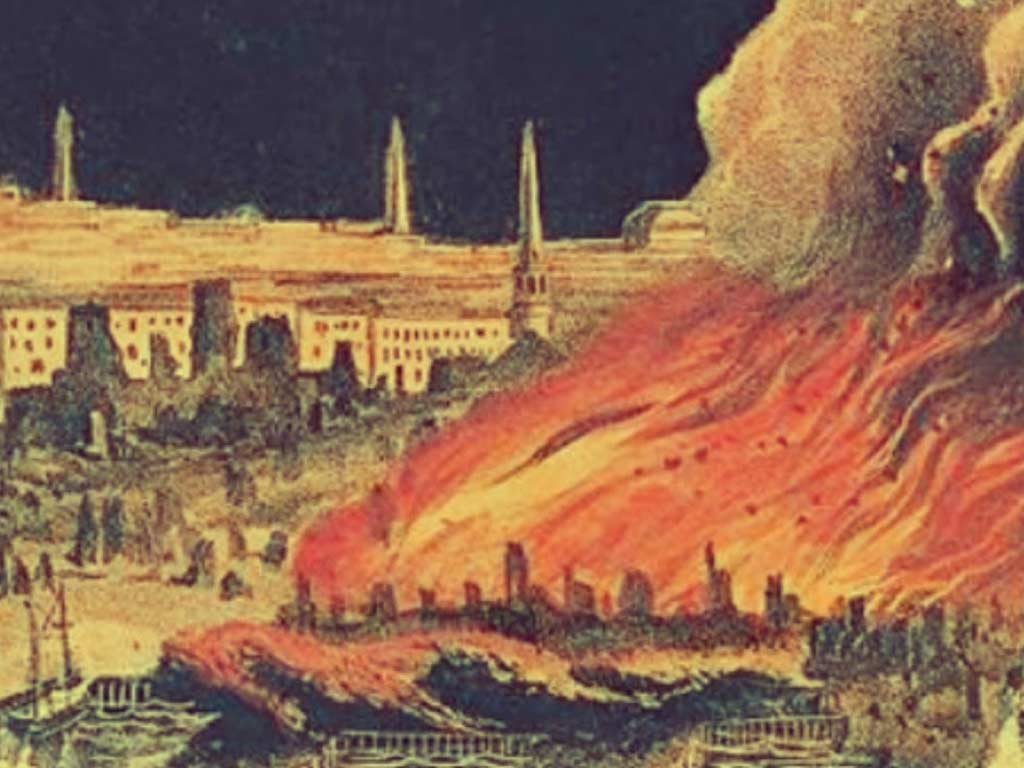
This catastrophic fire is one of the most significant events in Boston’s history. It started in a warehouse on Summer Street and quickly spread due to windy conditions, consuming 65 acres of the city over 12 hours.
The flames destroyed 776 buildings, displaced thousands of residents, and resulted in substantial economic losses. The rebuilding process influenced architectural developments.
The Cocoanut Grove Fire of 1942
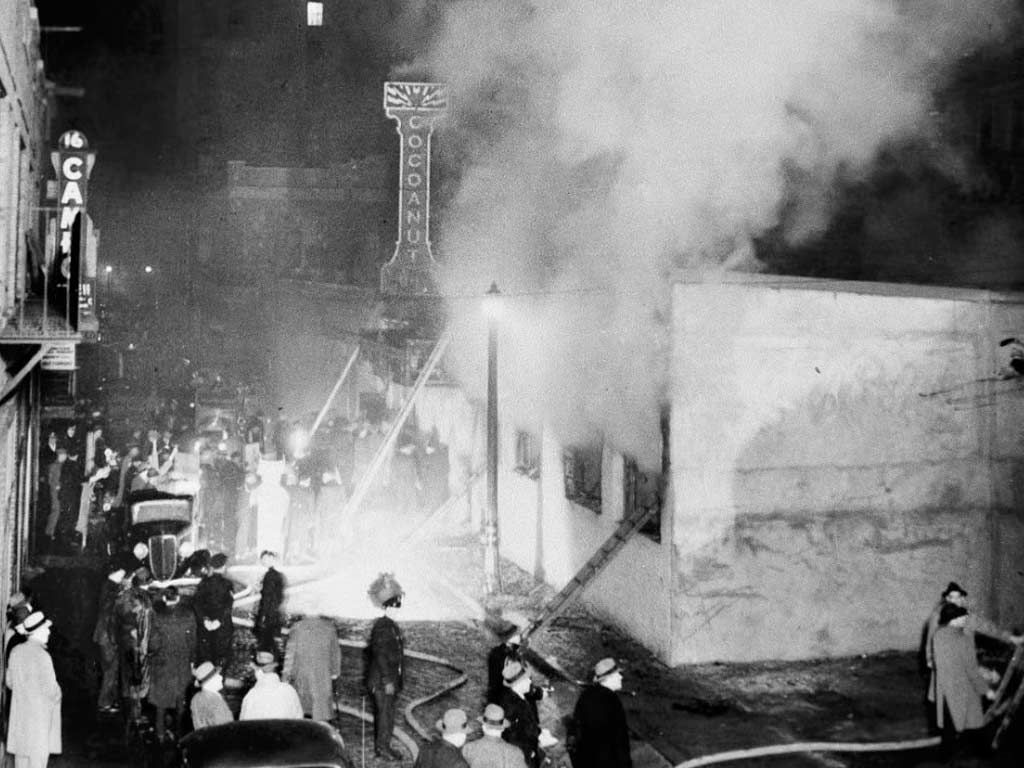
The Cocoanut Grove nightclub, located on Piedmont Street, experienced one of the deadliest nightclub fires in U.S. history.
The fire started in the basement and quickly engulfed the building, claiming the lives of 492 people and injuring hundreds more.
The incident exposed deficiencies in safety codes and emergency response protocols. The Cocoanut Grove fire remains a pivotal event in the history of fire safety and prevention.
Hotel Vendome Collapse (1972)
The collapse of the Hotel Vendome in the Back Bay neighborhood resulted in the deaths of nine firefighters. The incident occurred during a fire that started in the basement and quickly escalated.
The collapse highlighted structural challenges and the risks firefighters face during operations in older buildings. It led to changes in training protocols, emphasizing the importance of structural assessments during firefighting operations.
Boston Marathon Bombing (2013)
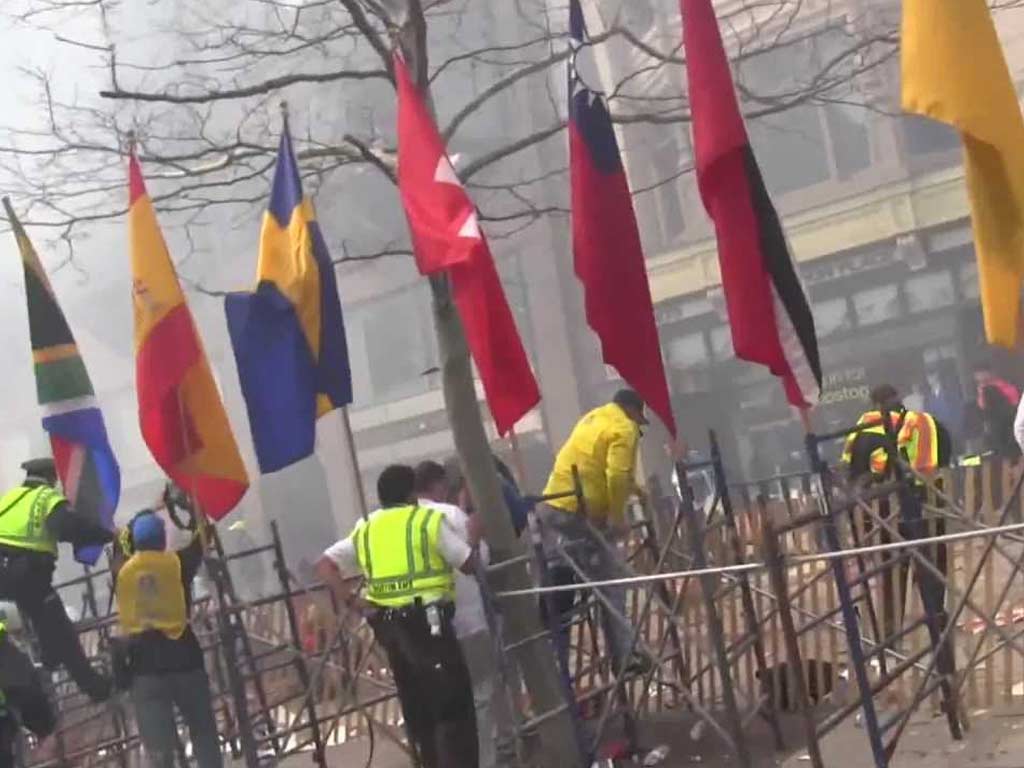
While not a traditional fire incident, the Boston Marathon Bombing resulted in a tragic event with significant impact. Two bombs exploded near the marathon finish line, causing chaos and leading to three deaths and numerous injuries.
The incident prompted a massive emergency response involving the Boston Fire Department and other agencies.
FAQs
What were the consequences of the Cocoanut Grove Fire of 1942?
The Cocoanut Grove Fire resulted in the loss of 492 lives, making it one of the deadliest nightclub fires in U.S. history. The incident prompted significant changes in fire safety regulations and emergency response protocols.
How did the Boston Fire Department evolve after the Great Fire of 1872?
In the aftermath of the Great Boston Fire, the city established the first fully paid, professional fire department in the United States in 1873. This marked a shift from volunteer-based firefighting to a more organized and well-equipped force.
What was the Hotel Vendome Collapse, and what impact did it have?
The Hotel Vendome Collapse occurred on June 17, 1972. It resulted in the deaths of nine firefighters and highlighted the challenges of firefighting in older structures. The incident led to changes in training and emphasized the importance of structural assessments during operations.
How did the Boston Fire Department respond to the Boston Marathon Bombing in 2013?
The Boston Fire Department played a crucial role in responding to the Boston Marathon Bombing on April 15, 2013.
Firefighters provided immediate medical aid, collaborated with other emergency services, and showcased their adaptability in dealing with complex emergencies.
What safety measures were implemented in Boston following the Great Fire of 1872?
In the aftermath of the Great Boston Fire, several safety measures were implemented, including the establishment of the first fully paid, professional fire department in the United States.
Conclusion
Boston’s fire history is a testament to the city’s ability to rise from the ashes, demonstrating resilience in the face of adversity.
From the early struggles with primitive firefighting methods to the organized and sophisticated fire departments of today, the evolution mirrors the growth and fortitude of Boston itself.
The stories of heroic firefighters battling infernos, the architectural innovations born from the necessity of fire prevention, and the communal efforts to rebuild after devastation all contribute to the rich narrative of Boston’s fiery past.
As we reflect on the trials and triumphs woven into the fabric of this city, it becomes clear that Boston’s fire history is not just a chronicle of destruction but a saga of human tenacity and collaboration.
The flames that once threatened to consume have, instead, forged a resilient spirit that defines Boston—a spirit that continues to burn brightly in the collective memory of its people.
Jaclyn Lowe